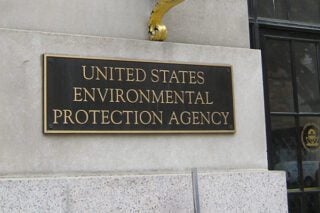
An appeals court halted Johnson & Johnson (J&J)’s talc bankruptcy maneuver on Monday. The decision revived thousands of lawsuits against J&J offshoot LTL Management, LLC (LTL). J&J created LTL as a way to offload potential costs related to talc lawsuits. This strategy depends on the ability to successfully declare bankruptcy for LTL. The ruling may give talc plaintiffs hope while dashing J&J’s financial plans.
Judges Rule Bankruptcy Filing Invalid
A panel of three judges handed down a lengthy invalidation of LTL’s bankruptcy declaration. The decision focused on financial distress, a requirement for valid Chapter 11 bankruptcy. The panel undertook a thorough examination of LTL’s finances and found them without distress. In fact, the decision notes LTL had access to enough cash to comfortably cover its liabilities.
The judges went on to describe LTL as a shell company created only to defend against talc claims while protecting financial assets. The panel closed with a statement that seems to convey the decision and the panel’s opinion of the situation.
“Our decision dismisses the bankruptcy filing of a company created to file for bankruptcy.”
– United States Court of Appeals for the Third Circuit
J&J plans to challenge the ruling and claims its talc products are safe.
What Does This Mean for Talc Plaintiffs?
The ruling effectively revives pending talc lawsuits. It may also open the door for new plaintiffs to file. If J&J appeals the decision, it may take some time for plaintiffs to see a resolution.
Individuals with potentially talc-related cancers should speak with an experienced asbestos lawyer. The lawyer can explain eligibility and possible compensation options.




